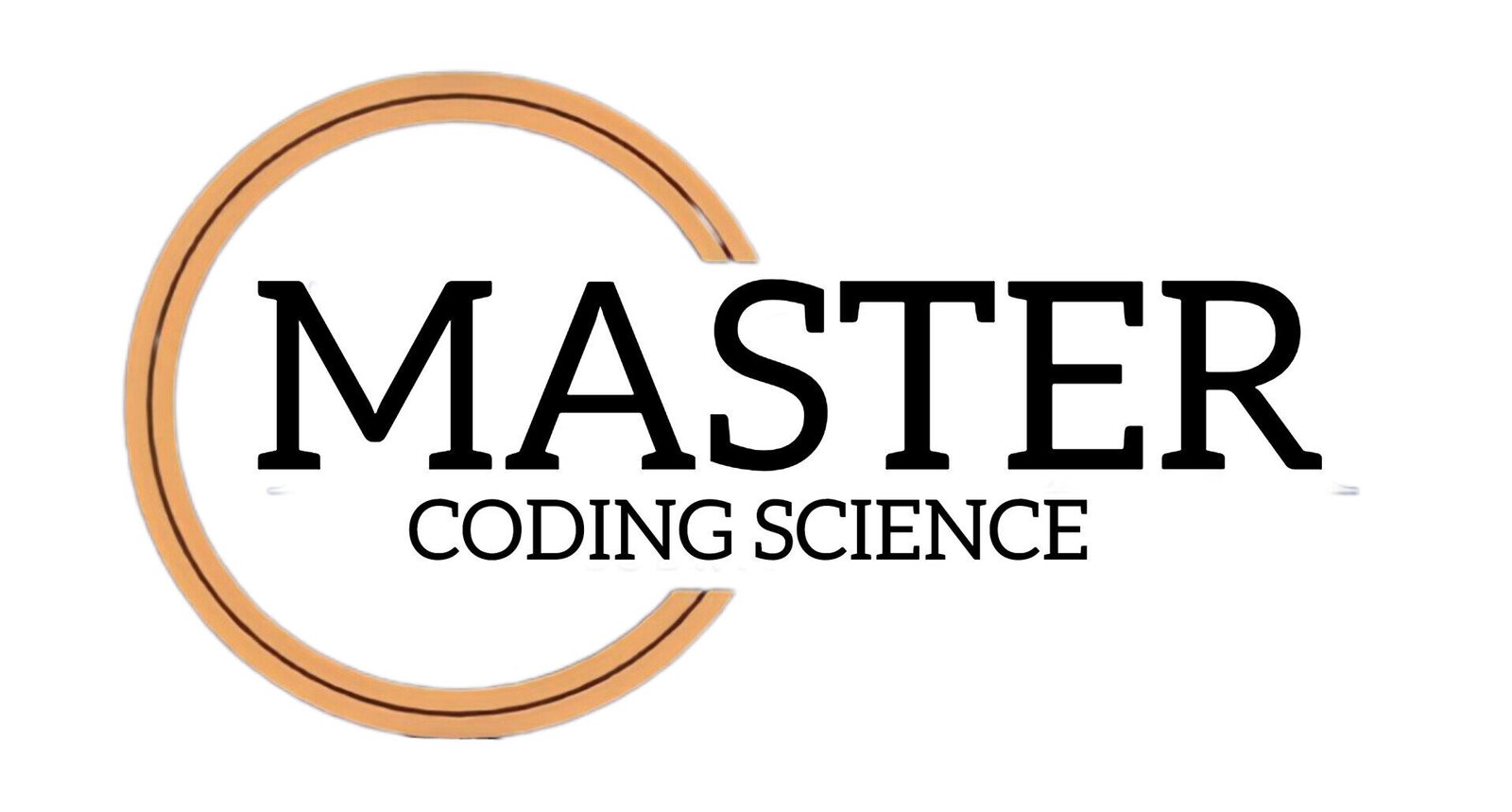C Data Types
In C programming, data types are essential for defining the type of data that a variable can store. They are used to specify the kind of value a variable can hold and help determine how much space in memory will be allocated for that variable. Data types also play a critical role in how the … Read more
